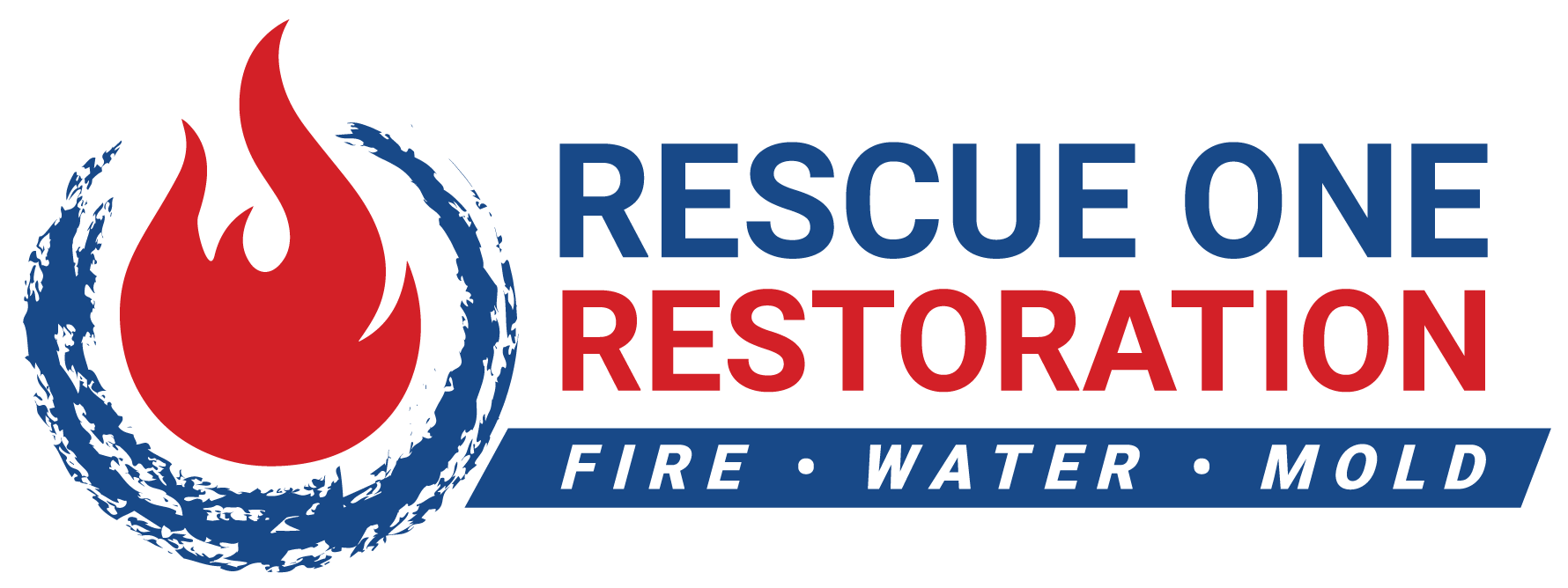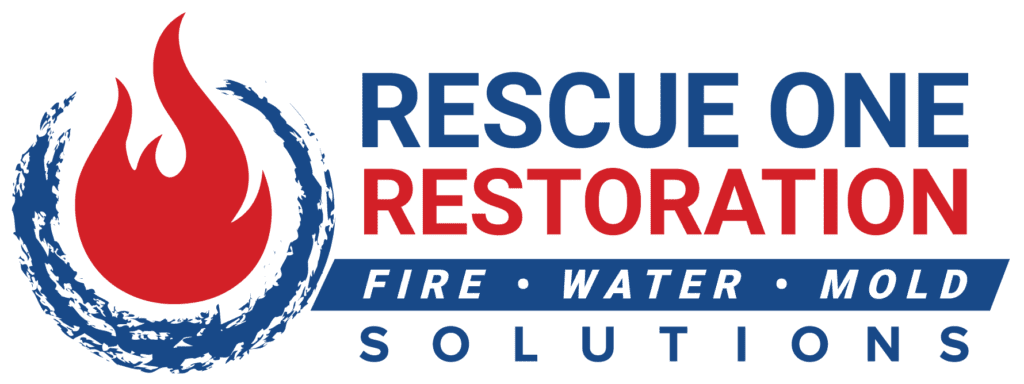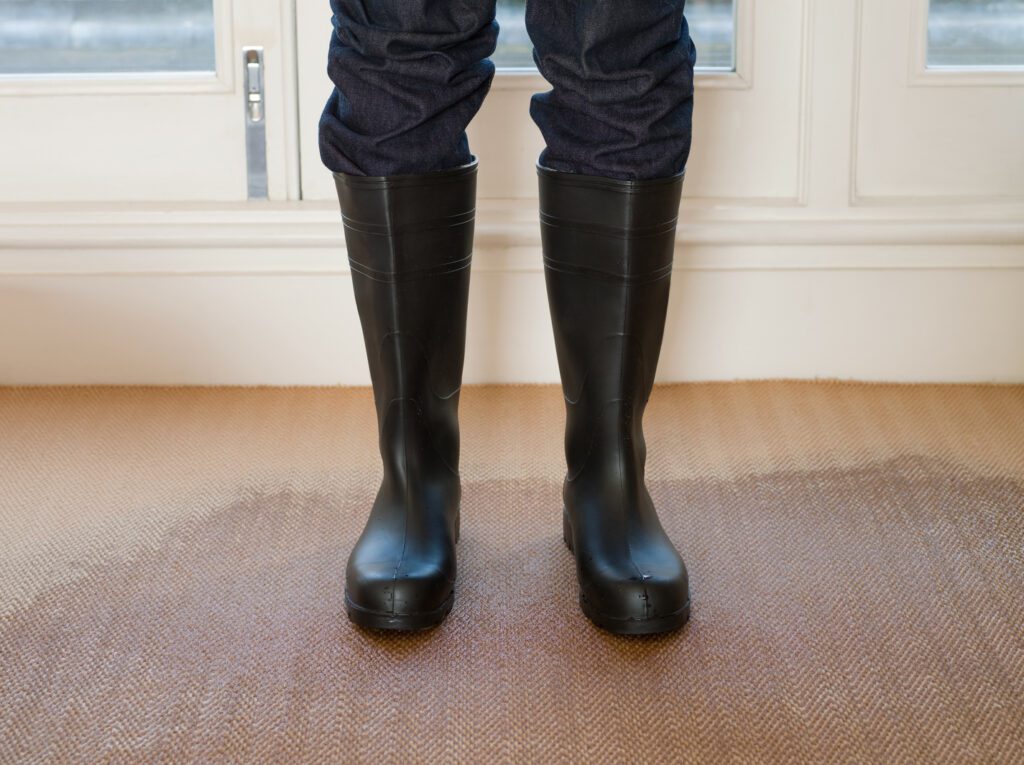
Wood floors are appealing and can be a valuable addition to any home. They usually are high durability, low maintenance, and will last for many years. They are, however, more prone to water damage.
Floodwater and wooden floors aren’t a good combination. This goes without saying to anybody who resides in areas that are flood-prone.
If your wood floors have been exposed to large volumes of water, they will never be as good as new, but you can take the necessary precautions to save them from ending up in the trash.
If you are worried about restoring the beauty of your floors after a flood, keep reading! This article will cover what to do if your wood floors get flooded.
What Happens if Water Gets Into Your Wood Floors?
When wood becomes wet, it absorbs the moisture and expands, eventually warping. This is when the floor surface is uneven because of the bulging edges of the wood panels.
Even if the water is only a few inches deep, it can seep through the joints between the floorboards and soak the plywood subfloor. Water can also penetrate engineered wood planks, loosening the glue underneath and causing the flooring to swell.
When water damage occurs, it’s critical to drain the water fast and dry the floors to save them and avoid mold growth. According to the EPA, when your floors or walls get wet, mold development can begin within 48-72 hours.
Let Your Insurance Company Know
Contact your insurance company before beginning any cleanup or restoration work to see if this is covered under your policy. It’s challenging to determine what’s insured or not unless you discuss it with your provider, so do so as soon as possible.
Double-check that you’re contacting the appropriate insurance company for any flood damage. If the water comes from within your home, such as a burst pipe, your homeowners’ insurance will most likely cover it.
However, if the water originated from somewhere other than your property (such as a flood), you may only be protected if you have supplemental flood insurance.
Immediately getting in touch with your insurance provider will allow them to offer advice and get you on the right track.
Remove Any Items From the Floor That Have Been Soaked in Water
The cleanup can commence after you’ve contacted your insurance carrier. Water-soaked rugs and furniture will continue to release moisture into the floor.
Wet furniture can also lead to the formation of mold and mildew, which can penetrate the cracks and crevices of your flooring.
Take out all the damp objects from the room and put them in a location where they can dry quickly without damaging the floor.
Drain Away As Much Water As You Can
Minor spills and puddles can quickly be absorbed using clean rags, towels, and mops. Remove larger water sources from the floor with a wet vacuum and keep going even if there’s no more visible water on the wood’s surface.
Water will remain trapped in the wood crevices and plank gaps. Continue to vacuum the damp floor until the vacuum canister is no longer collecting any water.
Ensure That The Wood Surface Is Clean
Although the water has been siphoned away, debris and grime can still linger in the floor crevices. These can retain moisture as well as microorganisms, which can wreak havoc on the wood. Use an antibacterial cleanser that doesn’t produce suds and a non-scratching scrub brush to clean the floor.
Once the filth and debris have been removed, use the wet vacuum to clear away any remaining water and a hardwood cleaner to remove any remaining disinfectant. The wood should then be rinsed and dried once again.
Dry The Wood Completely
Although the wood floor seems to be dry, water may have seeped into the planks since the wet vacuum cannot extract it. To dry the flooring, use a dehumidifier set to the highest level and keep it on for a minimum of 24 hours in the center of the room.
Place fans throughout the room on their highest setting so that the air is distributed evenly. If there is an accessible level beneath the flooring, install fans on the lower level and direct the air upwards toward the ceiling to remove moisture underneath.
You can also crack the windows open to allow more fresh air to enter. When it’s raining outside, though, you shouldn’t do this since you don’t want the additional humidity to get inside.
Check For Mold Growth
Mold can cause serious health issues in both homes and businesses. When residents, staff, and customers come into contact with mold or inhale the spores, they may have allergic responses and respiratory problems.
When the flooring appears to be dry, inspect it for mold and mildew. If you notice mold in the crevices of the wood, it’s best to call a professional.
Mold removal is a complex process that requires experts with the necessary skills and experience. Even a small quantity of mold might return and cause worse issues if it isn’t removed correctly.
Get Help From A Professional Restoration Company
Flooding on your hardwood floors is more than an annoyance. Damage can range from warping to more significant issues such as mold.
Although some damage may manifest immediately, others may take several days to emerge. So, if water-damaged wood floors result from a burst pipe or extreme weather, it’s crucial to contact an expert as soon as possible.
When it comes to evaluating the water damage in your residence or business, our repair professionals at Rescue One Restoration are the best in the game. We understand precisely what to do and will work alongside your insurance provider to get your home back in great shape as soon as possible.
To learn more about our water damage restoration services, don’t hesitate to get in touch with us at (808) 745-1608. We’d be delighted to answer any of your inquiries or concerns.
Learn more about home water damage and how Rescue One Restoration can serve you here.
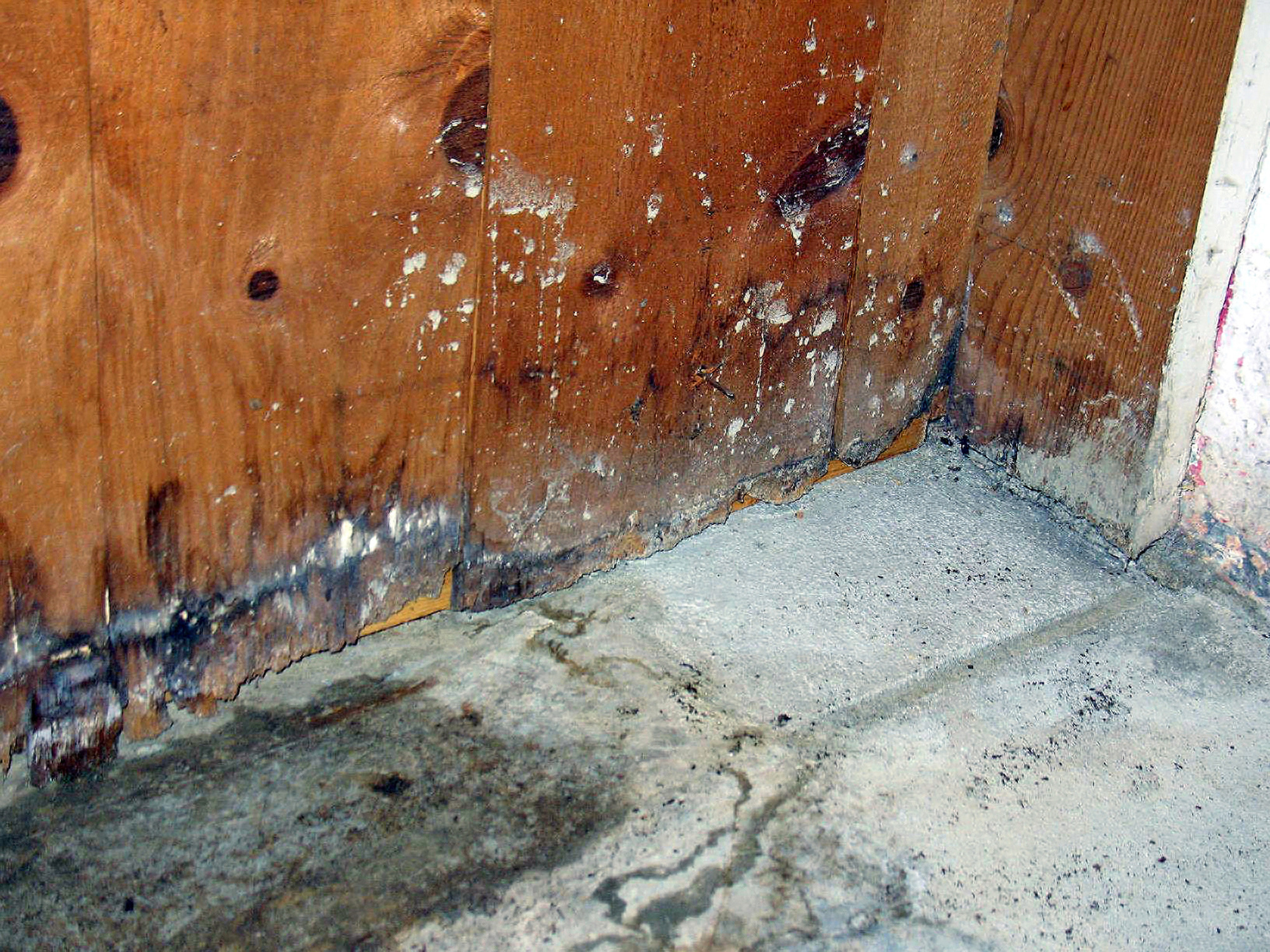
The Hidden Dangers Of Home Water Damage: Why Immediate Restoration Matters Water damage in your home can be very dangerous. What seems like a minor issue at first glance can lead to significant long-term consequences. Left untreated, water damage can cause severe problems, from potential structural issues to the growth

Understanding Insurance Coverage For Damage Restoration In Hawaii With its stunning natural beauty and idyllic climate, living in Hawaii can feel like a dream come true. However, the state’s unique geographical challenges, including its vulnerability to natural disasters like hurricanes, volcanic eruptions, and flooding, can turn that dream into a
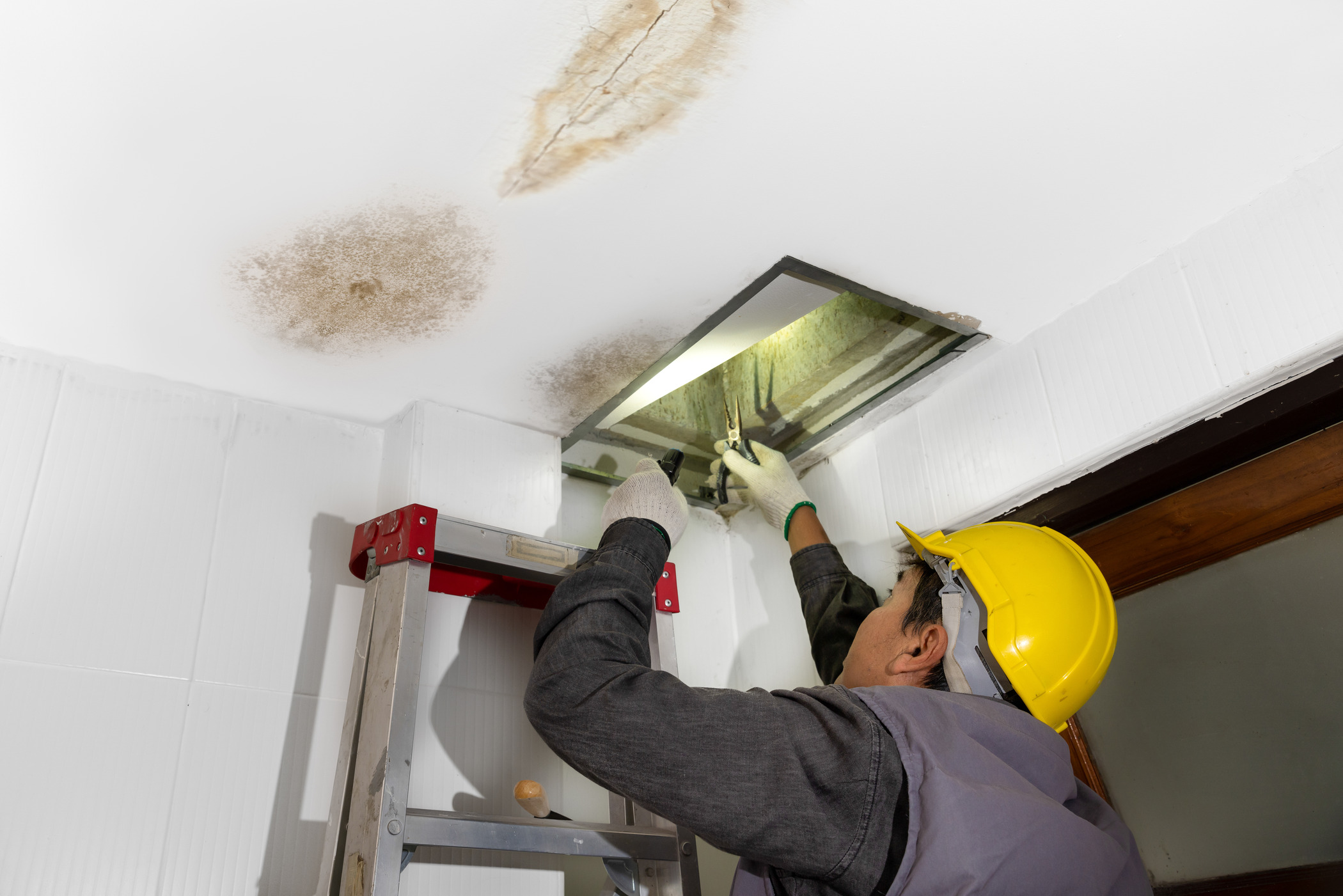
The Ultimate Guide To Water Damage Restoration In Hawaii: What You Need To Know Water damage is a common issue faced by homeowners and businesses alike, especially in a place like Hawaii, where tropical storms and hurricanes can wreak havoc. When faced with water damage, it’s crucial to act swiftly
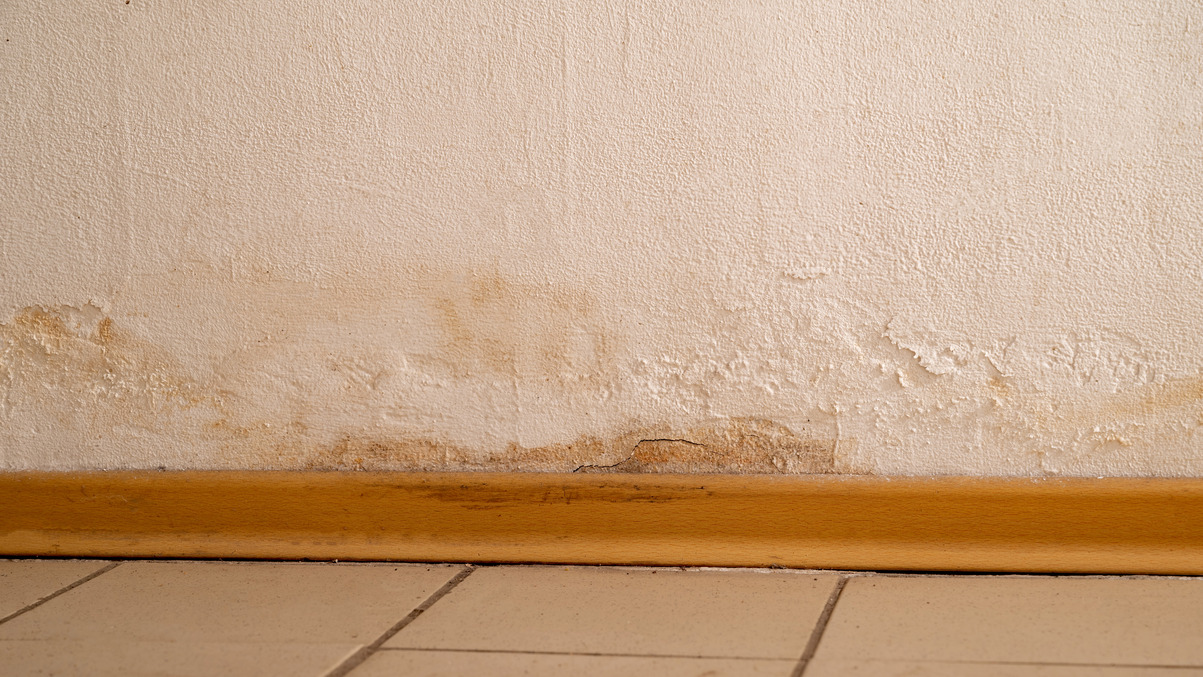
Many homeowners aren’t sure if they need to replace their drywall after water damage. Even a tiny amount of water can cause significant problems for your drywall, and if not fixed quickly, the damage can worsen over time. We’re here to help you answer the question: does wet drywall always
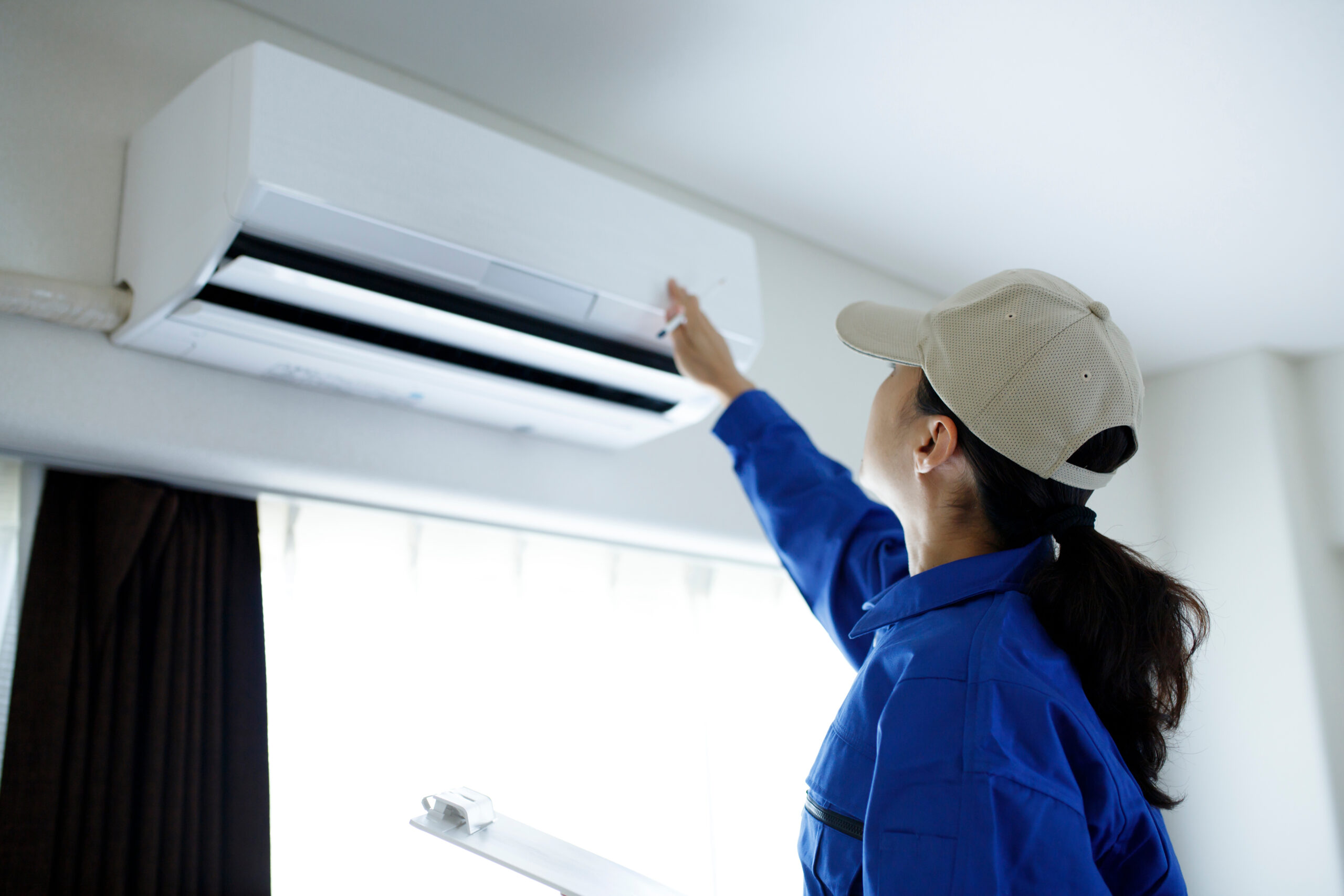
Mold can grow on nearly any surface around your home. In particular, mold thrives on surfaces that are damp, cold, or both. This means many of your household appliances can be potential breeding grounds for mold and mildew growth. It is also important to conduct regular checks and cleaning to
